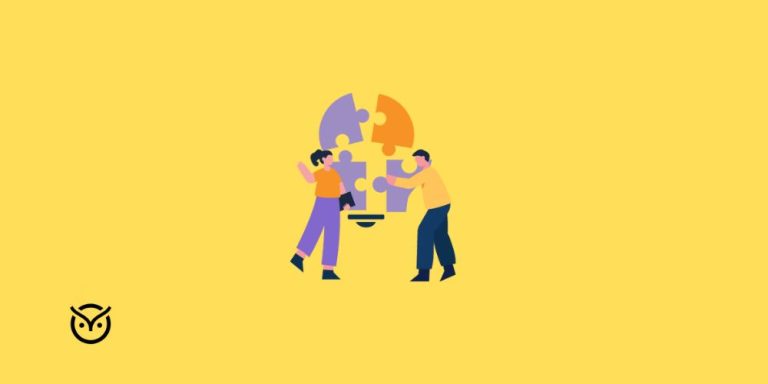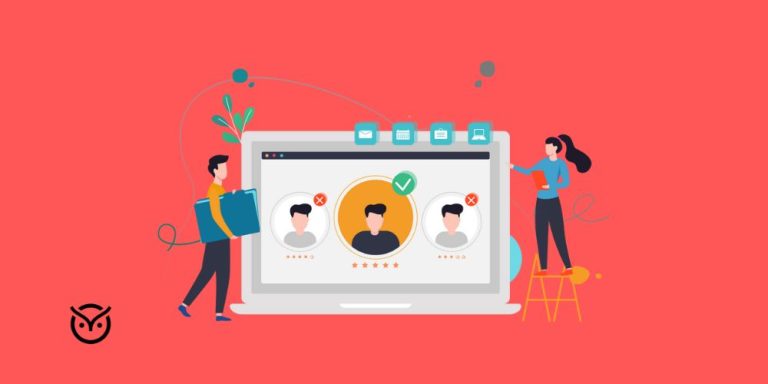AI Solutions for Identifying Career Gaps in Resumes

TL;DR
- AI solutions for identifying career gaps in resumes spot missing work fast.
- They link gaps to skills, roles, or life events.
- Talent assessment platforms demonstrate skill despite breaks.
- Recruiters use insights to judge real potential, not pauses.
- Pick tools that fit your workflow and show clear reasoning.
Imagine a candidate with a sudden two-year career pause. Recruiters wonder: Did something happen? Was it a strategic choice or an oversight? This scenario illustrates a key obstacle in modern hiring where AI solutions for identifying career gaps in resumes can step in and bring clarity. When a resume shows missing dates or role jumps, the tool flags it.
Now imagine a system that not only notes the gap but also pulls in performance tests, assessments, or projects to fill the story. In this blog, you will learn how AI does that gap-detection, how talent assessment platforms add context, and how recruiters take this insight to make better decisions.
How AI Detects Gaps in Work History
When recruiters try to figure out how AI can spot and explain gaps in a candidate’s experience, the answer lies in parsing timelines and patterns. Modern screening tools rely on structured data fields, role durations, and keyword signals such as “on leave”, “family sabbatical”, “career break”, or “freelancer”. If there is a missing period or unusual jump, AI notices it. For example, most systems today expect continuous employment records, and when a gap occurs, they mark it for review.
But gap-detection is just one side of the coin. These systems also incorporate data about sessions, employment order, skill recency, and other signals to highlight risk areas. Around 83% of companies will use AI for resume screening by 2025, underscoring how common this practice is becoming.
Moreover, awareness of how AI impacts resume screening is growing. Some platforms highlight resume buzzwords to avoid filters, especially if the gap is masked by generic terms like “consultant” for two years without detail. So a gap shows up, and the system pulls it into view.
How Talent Assessment Platforms Provide Context
When a career gap appears, the real question is whether it signals a problem or just a shift in direction. This is where talent assessment platforms step in. They evaluate how a person thinks, solves problems, and applies their skills. Even if someone has taken time away from work, these tests can show clear proof of ability and readiness to perform again.
For example, if a candidate took a career break, a skill assessment can show that their analytical thinking, communication, or technical knowledge remained sharp. That addresses the question: how can AI spot and explain gaps in a candidate’s experience and show that the candidate remains capable? By using assessment outputs tied to the gap period. Some platforms integrate with screening tools and share results directly with recruiters, giving extra evidence beyond the resume.
In effect, this is part of AI candidate matching: linking what the candidate can do today with what the role demands, even in the face of a gap. Assessment platforms help turn an unknown risk into a contextualized data point.
These platforms also support diverse hiring. For instance, AI-powered assessment platforms help companies assess candidates with non-traditional backgrounds where gaps may exist.
AI’s Ability to Explain Gaps Objectively
Humans tend to read between the lines of a resume. AI, on the other hand, reads what’s there. That difference matters. When evaluating employment timelines, AI tools focus on data patterns rather than assumptions. They use date ranges, job titles, and even project descriptions to identify gaps, then compare them against benchmarks from similar candidates.
For instance, if someone took a year off between roles, AI compares skill relevance before and after the gap to see if the candidate’s abilities stayed current. This helps explain the pause without judgment. Some systems even layer sentiment and context analysis on interviews or assessments to detect whether the break correlates with personal growth or skill shifts.
These AI solutions for identifying career gaps in resumes are designed to neutralize bias. Instead of labelling a candidate as “inactive,” they classify the gap as “education,” “career transition,” or “caregiving.” This classification makes evaluation fairer and allows employers to interpret each case with clarity rather than bias.
How Recruiters Use Gap Insights
Once the AI has identified and categorized gaps, recruiters get a clear summary. Most platforms present a visual timeline that highlights gap periods with explanations or contextual notes. This helps hiring teams focus less on the gap itself and more on the candidate’s progression afterward.
Recruiters also combine these AI insights with talent assessment platforms. By reviewing performance test results alongside detected gaps, they can see if the candidate’s skills improved or declined during the break. That provides a balanced view and helps reduce the old bias that every career pause equals lost capability.
Additionally, these systems support pattern-based insights. For instance, when recruiters analyze groups of applicants, AI may reveal common gaps in specific industries, such as tech employees taking upskilling breaks during market shifts. Understanding such patterns helps teams predict skill readiness and adjust hiring expectations accordingly. As AI matures, recruiters are finding ways to act on these insights.
Conclusion
Career gaps used to be warning signs. Now, with AI solutions for identifying career gaps in resumes, they’re just another piece of data. When recruiters combine AI analysis with real-world assessments, career breaks stop being red flags and become part of a bigger professional story.
The change is easy to see. AI helps employers review resumes with more context, not doubt. It allows employers to notice skilled people they might have missed earlier. For those applying, it proves that each stage of their career, including the breaks, can still add meaning and strength to their journey.
FAQs
Not exactly. AI does not judge. It detects patterns. It highlights gaps and classifies them based on available data, and recruiters make the final call after reviewing context from assessments or interviews.
Yes. By focusing on objective data like skill continuity and verified achievements, AI helps recruiters evaluate career breaks fairly without assumptions tied to gender, age, or personal circumstances.
It can. Through integrations with skill tests and talent assessment platforms, AI checks if core competencies remain current or have improved. These tools give tangible proof of readiness instead of guesswork.






